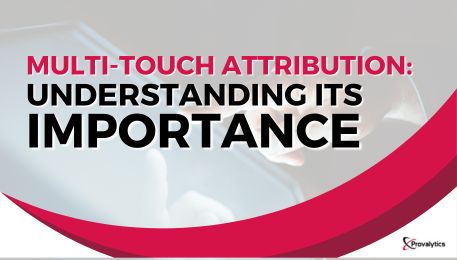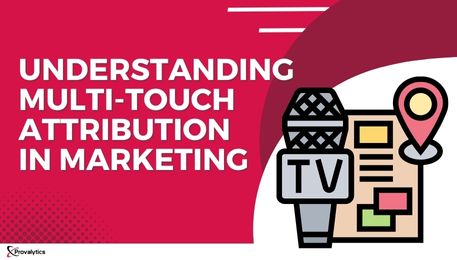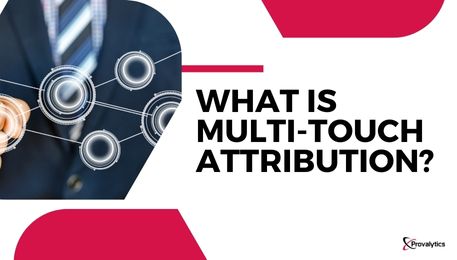Multi-Touch Attribution: Understanding Its Importance
Leveraging Multi-Touch Attributionlti-touch attribution is a must-have tool for marketers looking to deliver high-quality leads and accounts to their sales teams. In today’s competitive landscape, it is critical to have data-driven insights that show which campaigns work best at each stage of the funnel, allowing marketers to make informed decisions about where to allocate their resources to achieve the highest ROI.
The Importance of Multi-Touch Attribution in B2B Marketing Analytics
The B2B marketing analytics dashboard now includes multi-touch attribution as a new feature. Marketers can see all of their data by attribution model with a few clicks, allowing them to identify which campaigns perform best. Marketers can quickly see how their campaigns perform at a glance by selecting the influencer model dropdown and the even distribution model. This feature gives marketers valuable insights into which campaigns have the greatest impact, allowing them to optimize their marketing strategies.

Leveraging Multi-Touch Attribution for Data-Driven Marketing Decisions
Marketers can use the first touch model to determine which campaigns drive awareness and new pipeline. If they want to see which campaigns help sales teams close deals, they can use the last touch model. The latter provides insights into the campaigns with the highest ROI, allowing marketers to better allocate their resources.
Marketers can make strategic decisions about where to allocate their resources by identifying the most successful campaigns. If events are the most successful campaigns, for example, marketers can hire an event lead to drive executive thought leadership campaigns and run executive lunch events for key accounts. They can then support their sales teams and help them close more deals, resulting in business growth.
Multi-touch attribution is a powerful tool for marketers to use in order to meet their joint pipeline and revenue targets. They can identify the most successful campaigns and make strategic decisions about where to allocate their resources by leveraging data-driven insights. As a result, they can become marketers who support their sales teams and drive business growth, which is critical in today’s competitive environment.
What is Multi-touch Attribution?
Multi-touch Attribution is a method of determining which marketing campaigns have the most significant impact on driving leads and revenue. It enables marketers to identify which campaigns work best at each stage of the funnel, helping them optimize their marketing strategies.
How does Multi-touch Attribution work?
Multi-touch Attribution works by tracking and analyzing the customer journey across multiple touchpoints. It takes into account all the marketing channels and tactics that contributed to a conversion, enabling marketers to determine which campaigns have the most significant impact.
What are the benefits of Multi-touch Attribution?
Multi-touch Attribution provides valuable insights into which campaigns are most successful, enabling marketers to optimize their marketing strategies and allocate resources more effectively. It also enables marketers to identify the campaigns that drive the highest ROI, helping them achieve their joint pipeline and revenue goals.
How can marketers leverage Multi-touch Attribution?
Marketers can leverage multi-touch attribution by analyzing their data by attribution model and identifying which campaigns have the most significant impact. By doing so, they can make informed decisions about where to allocate their resources and optimize their marketing strategies.
What are some examples of how marketers can use Multi-touch Attribution?
Marketers can use Multi-touch Attribution to identify the most successful campaigns and make strategic decisions about where to allocate their resources. For example, if events are the most successful campaigns, marketers can hire an event lead to drive executive thought leadership campaigns and run executive lunch events for key accounts. By doing so, they can support their sales teams and help them close more deals, ultimately driving business growth.
















 Even media publishers such as Facebook have jumped in on MMM, with the release of an experimental, ML-powered and
Even media publishers such as Facebook have jumped in on MMM, with the release of an experimental, ML-powered and 